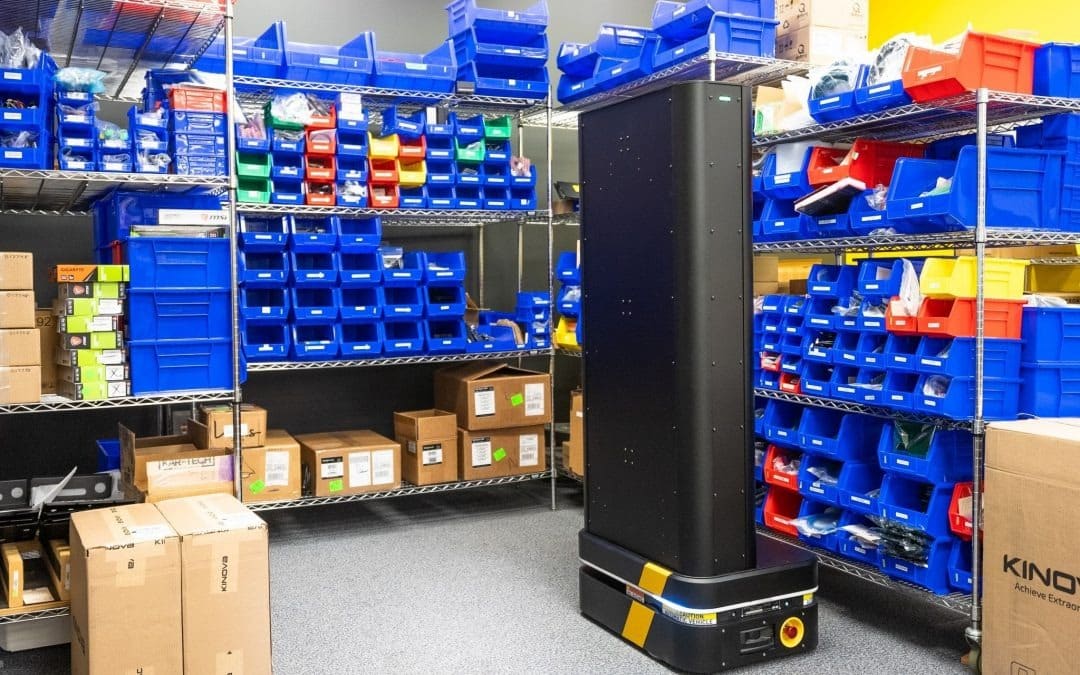Retailers lose millions annually through stockouts, overstock situations, and misplaced inventory that traditional shelf management cannot prevent effectively. The median inventory shrinkage rate among retailers reached 1.4 percent in 2022, with significant portions attributable to operational inefficiencies rather than theft. Modern retail operations require automated systems that maintain optimal shelf conditions without consuming extensive labor resources that impact profitability, helps in retail loss prevention in UAE and customer service quality.
Real-Time Stock Level Monitoring
Traditional shelf management relies on periodic manual counts that provide outdated information by the time staff complete inventory checks. Products sell continuously while employees conduct counts, creating immediate inaccuracies that lead to stockouts or overstocking decisions based on incorrect data. This delay between actual conditions and management information creates operational problems that automated systems can eliminate.
RFID asset management provides continuous shelf monitoring that updates stock levels automatically as products are removed or restocked. This real-time visibility enables immediate response to inventory changes, ensuring shelves remain properly stocked without requiring constant manual monitoring that consumes valuable staff time.
Automated Reorder Triggers
Manual reordering processes depend on staff noticing low stock levels and remembering to place orders, approaches that frequently fail during busy periods when attention focuses on customer service rather than inventory management. These human-dependent systems create stockouts that disappoint customers and reduce sales while also generating emergency orders that increase procurement costs.
Smart retail loss prevention systems automatically trigger reorder processes when inventory levels reach predetermined thresholds. RFID technology enables precise inventory tracking that supports automated purchasing systems, ensuring optimal stock levels without requiring manual monitoring or intervention.
Product Location Optimization
Misplaced inventory represents a significant source of apparent shrinkage when products are present in stores but cannot be located for sale. Staff spend considerable time searching for items that customers request, time that could be spent on revenue-generating activities. Traditional systems provide no visibility into where specific products are located within retail spaces.
RFID asset management creates detailed location tracking that identifies exactly where every tagged item is positioned within stores. This capability eliminates time spent searching for products while ensuring that misplaced items are quickly returned to proper selling locations rather than remaining hidden in stockrooms or incorrect shelf positions.
Planogram Compliance Monitoring
Maintaining proper product placement according to planogram specifications requires constant monitoring that consumes significant labor resources. Manual compliance checking is time-intensive and often incomplete, allowing valuable shelf space to be misused through improper product positioning that reduces sales effectiveness and customer satisfaction.
Automated shelf management systems monitor planogram compliance continuously, identifying when products are placed incorrectly and providing immediate alerts that enable quick corrections. This capability ensures optimal product placement without requiring dedicated staff time for manual checking processes.
Theft Detection at Shelf Level
Traditional security systems cannot detect when products are removed from shelves without authorization, leaving retailers unable to respond to theft until periodic inventory counts reveal losses. Shelf-level theft often goes unnoticed for extended periods, allowing thieves to establish patterns that result in significant accumulated losses.
RFID technology provides immediate notification when tagged products are removed from authorized locations, enabling rapid response to potential theft situations. This capability transforms retail loss prevention from reactive investigation to proactive intervention that stops losses while they are occurring.
Customer Service Enhancement
Automated shelf management improves customer experiences by ensuring product availability and enabling staff to locate requested items quickly. When customers cannot find desired products or staff cannot assist with location questions, sales opportunities are lost and customer satisfaction decreases. Efficient shelf management directly impacts revenue generation and customer retention.
Smart inventory systems provide staff with precise product location information through mobile devices, enabling immediate customer assistance without time-consuming search processes. This capability improves customer service quality while freeing staff for other revenue-generating activities.
Operational Efficiency Gains
Manual shelf management consumes significant portions of retail labor budgets through counting, searching, and restocking activities that automated systems can perform more effectively. Staff time invested in inventory management reduces availability for customer service and sales activities that directly generate revenue and improve competitive positioning.
RFID asset management systems automate routine inventory tasks while providing comprehensive data that improves decision-making across retail operations. This automation enables retailers to redeploy human resources to activities that create customer value and drive business growth rather than simply maintaining operational status quo.

